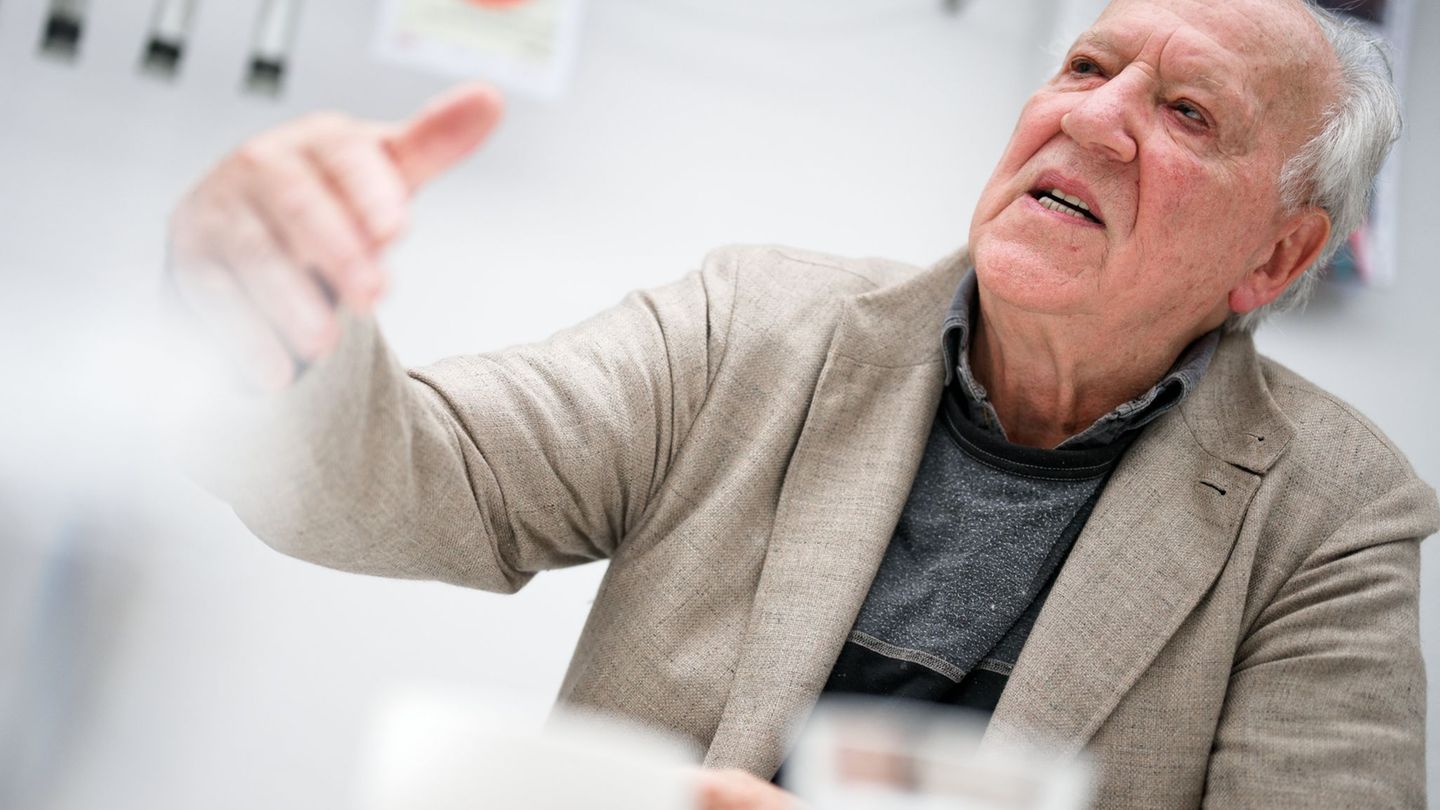Germany wants to import hydrogen from Norway. In addition, Federal Economics Minister Habeck sees potential in the underground storage of carbon dioxide. Initial agreements are made in Oslo.
Germany and Norway want to work even more closely together on energy policy. Corresponding declarations were signed in Oslo by Federal Economics Minister Robert Habeck (Greens) and the Norwegian Ministers for Energy and Trade, Terje Aasland and Jan Christian Vestre.
According to this, a large-scale infrastructure for importing hydrogen to Germany should be created by 2030. Great hopes are pinned on hydrogen as an energy source for the climate-friendly restructuring of the economy.
This should be preceded by studies on the feasibility of such projects, in particular on the construction of a large hydrogen pipeline and the transport of climate-damaging carbon dioxide (CO2) from Germany to Norway. Norway is already using technology to store CO2 from industry under the seabed, and the federal government is interested in exporting it.
Habeck: “Better put CO2 into the earth than into the atmosphere”
Habeck sees great potential in the underground storage of CO2. “If you ask me: I’d rather put CO2 in the ground than in the atmosphere,” he said in Oslo. Environmentalists take a critical view of the technology: They fear that the gas will escape from storage and that storage will reduce the incentive to avoid greenhouse gases from the outset.
There is an answer to both, said Habeck. “According to all scientific analysis, the technology is safe.” Norway has decades of experience with this. “And what was feared that the CO2 would escape again, possibly causing damage elsewhere, has not happened.”
Støre: “We know how to do it in Norway”
Norwegian Prime Minister Jonas Gahr Støre said that ways are needed to deal with greenhouse gas emissions from industries in which energy consumption is difficult to reduce despite new technologies – in waste incineration plants or cement works, for example. The modern economy will therefore have to find a way to extract the carbon dioxide from emissions and store it safely. “We in Norway know how to do that. Since the 1990s in the North Sea and since 2008 in the Barents Sea, we have captured CO2 and pushed it two and a half thousand meters under the seabed – and we can document that it is safely stored.”
That is also in the sense of climate protection, said Støre. They are in a “race” to meet the commitments of the 2015 Paris climate agreement, according to which global warming should be limited to 1.5 degrees compared to pre-industrial times.
Norway and Germany also agreed to work more closely together in microelectronics and offshore wind power. Habeck is in Norway until Friday for talks with politicians, business representatives and company visits.
Source: Stern
Jane Stock is a technology author, who has written for 24 Hours World. She writes about the latest in technology news and trends, and is always on the lookout for new and innovative ways to improve his audience’s experience.




